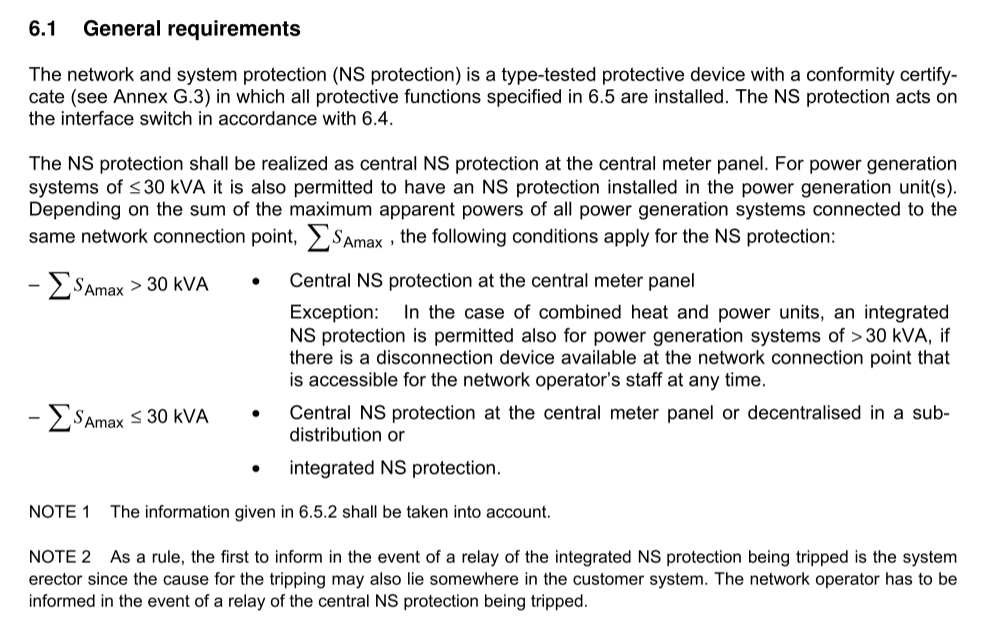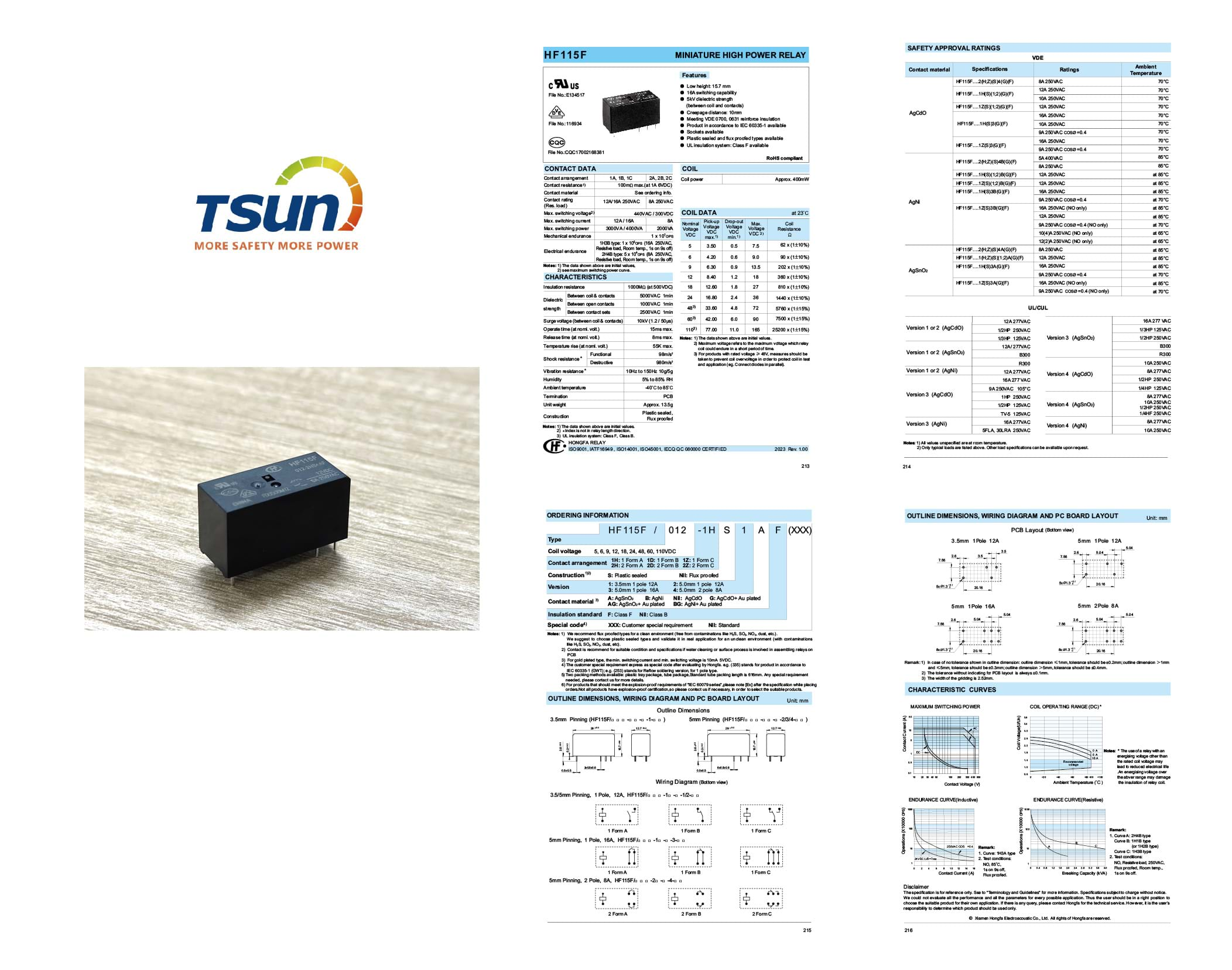Easy Solar Kit (with microinverter)
 LEARN DETAILS
LEARN DETAILS
Table of contents
What is a Relay and why it’s important?
A relay is an essential electronic component used in microinverters and various other electrical devices. It acts as an electrically operated switch that allows a low-power signal to control a higher-power circuit. Unlike manual switches, a relay utilizes an electrical signal to control an electromagnet. When a small electrical current passes through the coil in the relay, it generates a magnetic field that pulls or releases a set of contacts, thus completing or interrupting the circuit.
When the microinverter receives a signal from the grid or the central monitoring system, the relay activates, establishing the connection to the grid. In the event of a grid fault, maintenance, or emergencies, the relay swiftly disconnects the microinverter from the grid, ensuring the safety of both the system and grid operators. This capability not only protects the microinverter from potential damage but also prevents disruptions to the grid's overall stability.
From this, it can be seen that relays can significantly reduce the risk of hazards occurring within the inverter. Therefore, many countries enforce mandatory requirements for inverters to be equipped with relays in their photovoltaic standards and regulations. In European countries, grid specifications typically demand that solar power systems must support grid stability and safety by providing functionalities such as remote disconnection.

(Regulations in VDE-AR-N 4105:2018-11)
The TSUN Gen3, Gen3 Plus, and TITAN microinverters are all designed with essential safety features. In addition to the high-frequency transformer providing electrical isolation between the DC input and AC output, they also include a power relay on the AC side. These components ensure that TSUN's microinverters comply with the requirements of the VDE-AR-N 4105:2018-11 standard. This standard specifies that microinverters must have two independent shutdown devices to ensure that if one line encounters an issue, the other line can be rapidly disconnected. Therefore, each microinverter must have at least one relay to meet the shutdown conditions.

Identifying Microinverters Equipped with a Relay
Since relays are so important to enhance the safety of photovoltaic systems, how can users judge whether the microinverter at hand has built-in relays? Normally, there are two primary methods to determine if a microinverter is equipped with a relay:
Assembly Teardown
One way to confirm the presence of a relay in a microinverter is through assembly teardown. By carefully disassembling the microinverter, you can visually inspect the components and identify the relay. However, it is essential to note that this method may void the warranty, and it is not recommended for end-users unless they are qualified professionals.
Listening to the Voice
Microinverters equipped with relays often emit specific sounds during operation. The timing of these sounds is generally 1 minute after the microinverter is turned on, depending on the regulations of different countries. For example, in Germany, the sound of the relay opening appears after 85 seconds of microinverter operation. TSOL MS2000, TSOL MS800, and TSOL MS400 will make a single click, while the TSOL MS3000 will make four clicks when running. This audible feedback can be used to identify the presence of a relay without disassembling the unit.
By identifying whether a microinverter contains a relay through audible cues or visual inspection, solar system installers and end-users can ensure their systems meet the necessary regulatory standards. TSUN remains committed to maintaining the highest standards of product quality and customer satisfaction, in this way contributing positively to the industry by providing customers with reliable and safe products that they can trust.


WeChat scanning: sharing
Click on "Discover" in WeChat and scan
QR code, you can share this article on your social media.